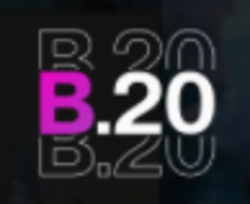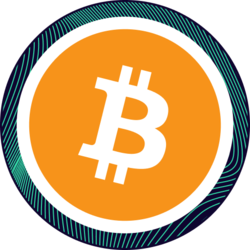In the realm of cryptocurrencies, Bitcoin and Ethereum have historically led the way. But Ripple’s XRP has emerged as a formidable opponent, boasting over 800,000 transactions and 8 million ledgers. With popularity comes the spotlight, which shines intensely on the use cases and trends of XRP.
So, the question that needs answers is: just how extensive are these use cases, and what does the future hold for XRP? Let’s dive deep into the world of XRP, unraveling its multifaceted applications and peering into the exciting trends that promise to shape its future.
Some of the Many Use Cases of XRP
Crypto acceptance increases with each passing day, from entertainment and finance to real estate and even healthcare industries. Following that, let’s look at some of the most prominent use cases of XRP.
1. Cross-Border Payments
One of the most prominent use cases and trends of XRP is its role in facilitating cross-border payments, as Ripple recently joined the BIS cross-border payment taskforce. Traditional cross-border transactions can be slow, expensive, and fraught with intermediaries. However, XRP can streamline this process by serving as a bridge currency.
In simpler terms, financial institutions and banks can use XRP to settle international payments quickly and at a fraction of the cost compared to traditional methods. However, while XRP offers these remarkable advantages, ensuring the security and protection of your cryptocurrency holdings is equally essential.
This is where Ledger, the renowned crypto wallet, steps in to complement XRP’s capabilities. Do you know that a staggering 30% of NFTs from major collections are secured with Ledger? This statistic alone attests to its unwavering commitment to security and reliability.
2. Quick & Easy Cash
XRP also serves as a liquidity provider within the Ripple network. By holding XRP, institutions can access on-demand liquidity for instant transactions. This means that instead of maintaining numerous accounts in different currencies, financial institutions can hold XRP and convert it into the necessary currency as needed. This reduces capital requirements and lowering operational costs.
3. Micropayments
Another XRP use case gaining traction is micropayments. As the digital economy continues to grow, there is an increasing demand for seamless, low-cost micropayment solutions. XRP’s low transaction fees and fast confirmation times suit small-value transactions, such as microtransactions in online gaming, content monetization, and pay-per-use services.
4. Smart Contracts and Tokenization
While XRP primarily focuses on payments and liquidity, it has also begun exploring smart contract capabilities. Ethereum introduced smart contracts, which are self-executing contracts with the terms of the agreement directly written into code.
XRP’s smart contract platform, Flare, aims to bring smart contract functionality to the XRP ecosystem, opening new use cases for tokenization, decentralized applications (DApps), and more.
Biggest Trends of XRP
Now that we’ve explored some XRP use cases, it is time to understand, predict, and evaluate some trends of XRPs, mainly so we can make the right choices at the right time.
Regulatory Developments
Regulation has been a significant factor influencing the use cases and trends of XRP. In the latter part of 2020, the United States Securities and Exchange Commission (SEC) initiated legal action against Ripple Labs, asserting that XRP had not been properly registered as a security.
This legal battle cast uncertainty over the cryptocurrency’s future, resulting in a temporary decline in its value. Currently, Ripple is fighting against the SEC with everything they have, delaying the case beyond prediction. However, things seem to be tipping towards XRP’s favor.
Integration with Traditional Finance
Integration with traditional finance is almost a certainty at this point. As more financial institutions adopt XRP for cross-border payments and liquidity management, the cryptocurrency’s utility will continue to grow.
Furthermore, partnerships and collaborations between Ripple and established players in the financial industry could propel XRP to new heights.
Looking Ahead: XRP’s Future Amidst Opportunities and Challenges
XRP has come a long way since its inception and has evolved into a cryptocurrency with diverse use cases and substantial potential. According to one study, XRP prices could increase 222% by 2025. Thus, it is essential to be aware of the use cases of XRP.
As the crypto industry matures and adapts to changing circumstances, XRP’s ability to innovate and maintain relevance will be critical to its long-term success. Whether it can fulfill its promise of revolutionizing the financial industry remains to be seen, but XRP undeniably occupies a prominent place in the ongoing transformation of the global financial system.
































































































































